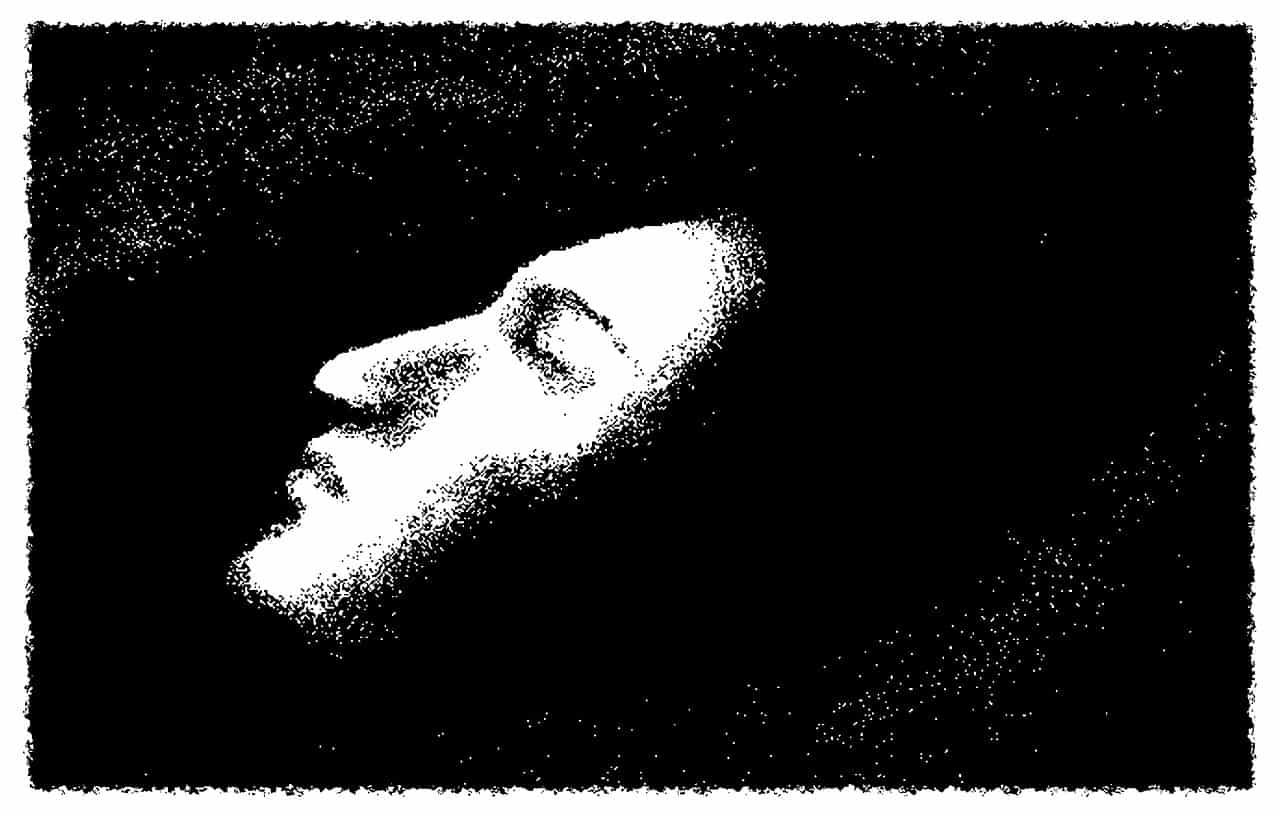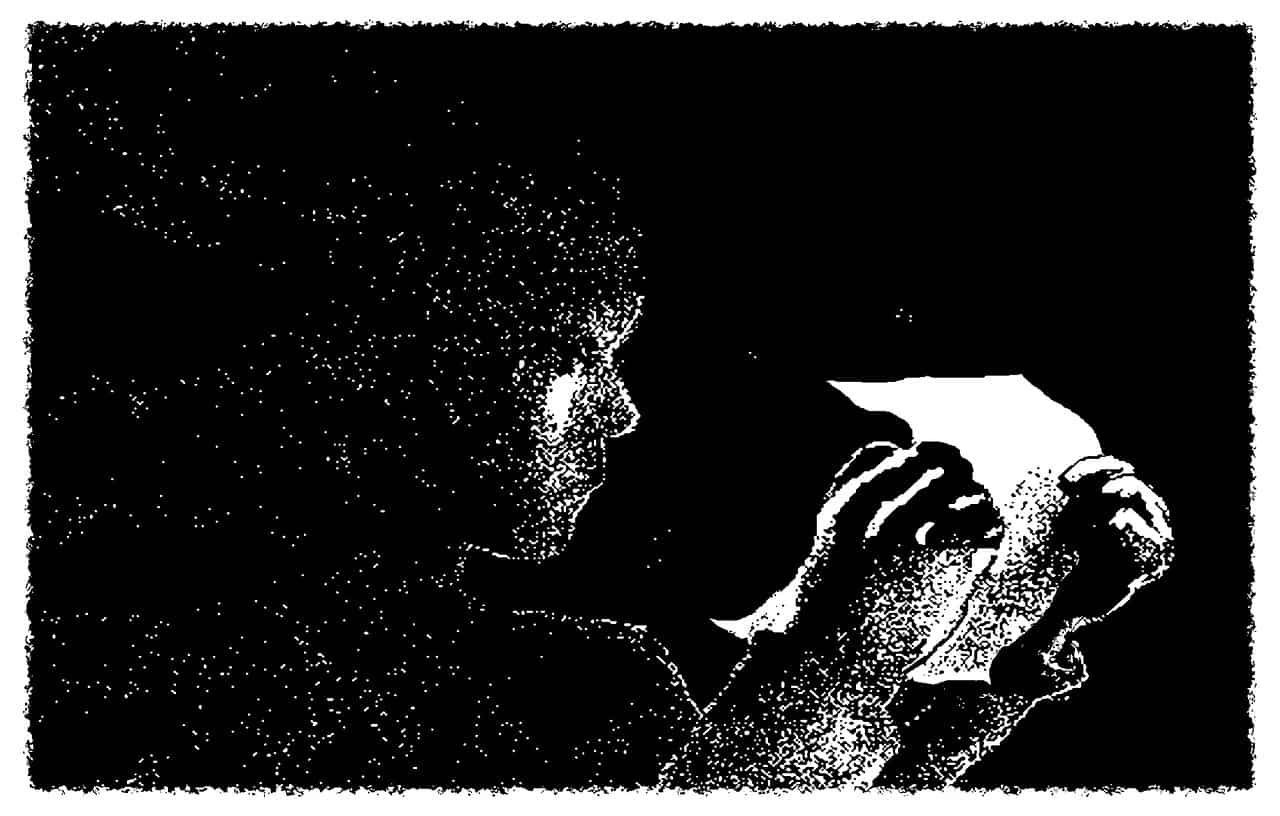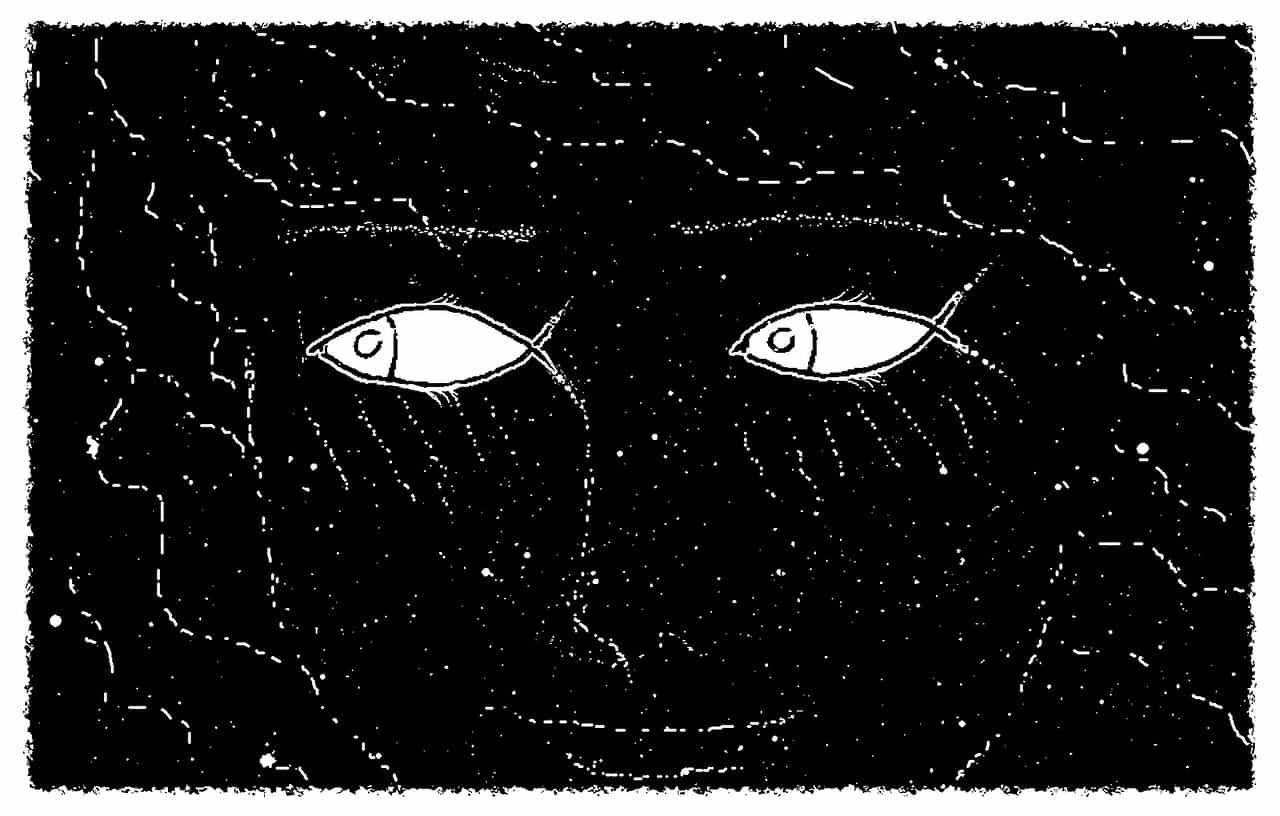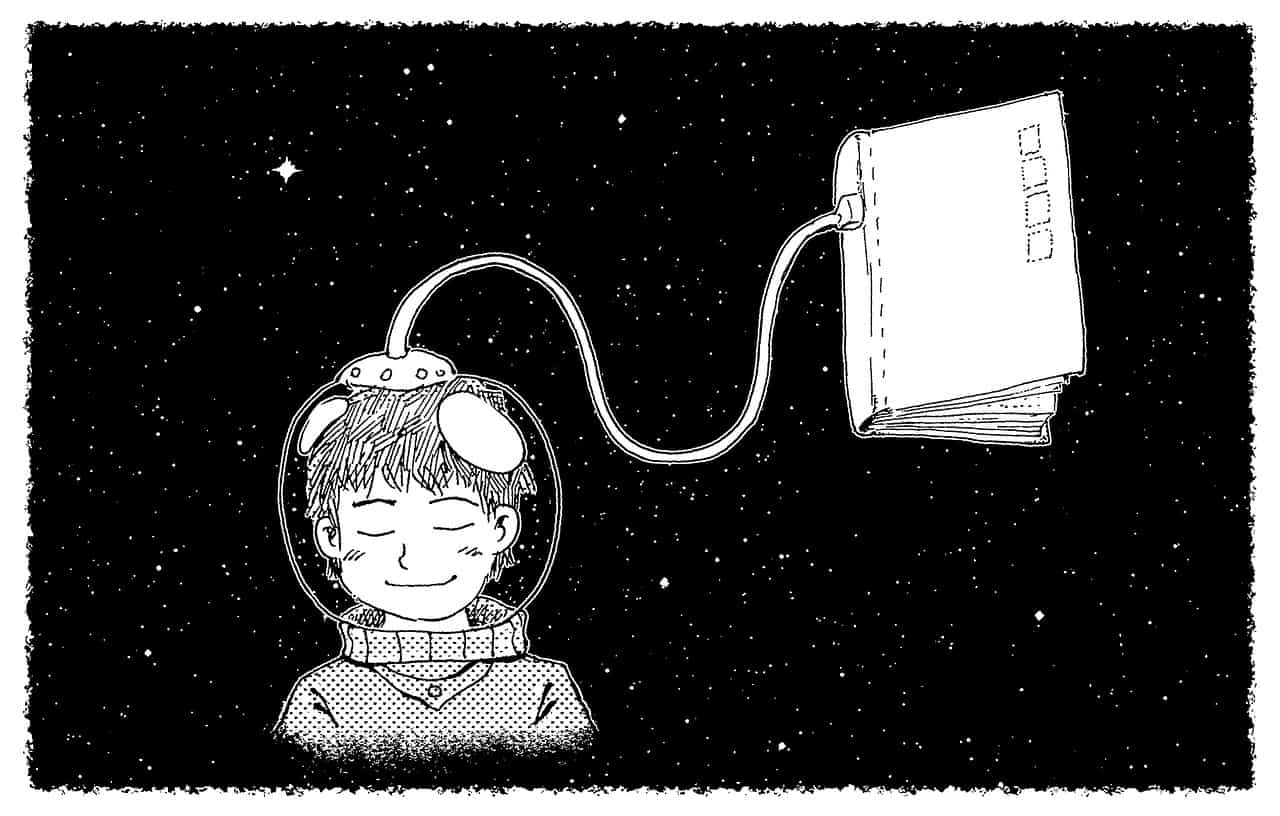How to Lucid Dream (The Ultimate Beginner’s Guide)
by MATEO SOL
Dreams are a reservoir of knowledge and experience, yet they are often overlooked as a vehicle for exploring reality.
– Tibetan Teacher Tarthang Tulka
Did you know you can use your dreams to solve problems, face your shadow self, overcome your fears, practice inner work, and even explore the purpose of life?
This scientifically proven practice has existed for thousands of years, dating back to the yogis of Tibetan Buddhism who used lucid dreaming to experience the illusory nature of reality.
In this article, my intention is to provide you with a powerful tool which you can learn to use on your spiritual path for increased self-awareness, self-love, and spiritual healing.
TABLE OF CONTENTS
-
- So What Exactly is Lucid Dreaming?
- How to Lucid Dream (Pre-Preparation)
- Exercise 1: Experiencing the World
- Exercise 2: Asking the Golden Question
- Exercise 3: Keeping a Dream Journal
- How to Lucid Dream Tonight – 3 Lucid Dreaming Techniques
- 1. Autosuggestion
- 2. MILD Technique
- 3. WILDS Technique
- How to Stay in the Dream World
- How to Harness the True Power of Lucid Dreaming
1. Lucid dreaming improves real-life skills …
2. Lucid dreaming helps you to solve problems …
3. Lucid dreaming can help you overcome nightmares …
4. Lucid dreaming can help you explore the meaning of life …
5. Lucid dreaming can help you heal your inner child … - Lucid Dreaming FAQ
- Conclusion
So What Exactly is Lucid Dreaming?

Lucid dreaming can be understood as the practice of becoming conscious during the dream state. Those that have experienced lucid dreams report amazingly intense feelings of exhilaration, elation, and vivid feelings of freedom.
A man from Minnesota, for instance, described one of his lucid dreams in the following way:
I was standing in a field in an open area when my wife pointed in the direction of the sunset. I looked at it and thought, “How odd, I’ve never seen colors like that before“. Then it dawned on me: “I must be dreaming!” Never had I experienced such clarity and perception – the colors were so beautiful and the sense of freedom so exhilarating, that I started racing down through this beautiful golden wheat field waving my hands in the air and yelling at the top of my voice, “I’m dreaming! I’m dreaming!“
– In Exploring the World of Lucid Dreaming by Stephen LaBerge
What’s most amazing about lucid dreaming is that you’re able to control the outcome of your dreams. This means that you can fly through the galaxies, bathe in a pool full of diamonds and pearls, make love on rainbows (yes, you heard me 😉 ), or travel to whatever destination, in whichever era or planet you like. Basically, the only limit in your dreams is your mind and its level of imaginative creativity.
So, the question is, if lucid dreaming opens up such an amazingly rich and rewarding world – how do you actually become “awake” in your dreams? You can find out some introductory tips below.
How to Lucid Dream (Pre-Preparation)

Before you start having and maintaining conscious awareness during dreams, it’s important to do some mental exercises. These exercises will help make lucid dreaming a lot easier to induce:
Exercise 1: Experiencing the World

This exercise will help you sharpen the five senses of sight, smell, taste, touch, and hearing. This, in turn, will help your lucid dreams become more vibrant and vivid.
You must practice consciousness in order to become conscious in your dreams. The goal is to become aware of what you experience with your senses in everyday life: every size shade, texture, taste, and nuance.
- Look – Attune to every shape, color and movement, e.g., a building, a blade of grass, a flying bird
- Listen – Attune to every pitch and intensity, e.g., the wind, a barking dog, a car
- Feel – Attune to every texture, weight, temperature, and feeling, e.g., the soil, your legs, the sun on your head
- Taste – Attune to the bitter, sweet, creamy, crunchy, smooth taste of food, e.g., the sea air, a muffin, a tangy cup of tea
- Smell – Attune to every odor, whether warm, sweet, bitter, odorous, floral, e.g., smoke, incense, body odor
- Become Aware of Yourself – It also helps to become conscious of your emotions, thoughts, and breathing. For example
“I feel peaceful”, “I am thinking about my friend.”
Exercise 2: Asking the Golden Question

This is also called Critical State Testing. It involves asking the question during the day “am I dreaming or am I awake, right now?” It sounds a bit silly, but really try to justify your answer.
The point of this exercise is to create a habit of testing consciousness in waking life that can be brought over to the dream world. Soon you will find yourself asking the same question in your dreams (“am I dreaming?”). It’s important to plan when you ask the question so that you remember. For instance, you could always ask “am I dreaming or awake now?” whenever you look into a mirror, climb some stairs, or shut a door. Planning will help you test your own reality.
Exercise 3: Keeping a Dream Journal

Basically, if you can’t recall your dreams, you won’t be able to remember to become lucid in the dream world.
This exercise is about recording your dreams in as much detail as possible, for maximum dream recall. It’s also about finding peculiarities in your dreams called dreamsigns.
It’s recommended that you keep track of your dreams for 14 days in a row before you attempt to lucid dream. Keeping a dream journal will allow you to collect the dreamsigns that frequently emerge in your dreams – these are essentially unrealistic occurrences in reality. Dreamsigns will help trigger lucid dreams in the future once you’re able to identify your most frequently occurring sign.
So what exactly do dreamsigns look like?Well, dreamsigns are highly personal in nature. Your dreamsign could be that the sun is usually purple or an intimate friend is always a stranger. Dreamsigns can be many and varied. For example they could be:
- Thoughts
- Emotions
- Sensations
- Perceptions
- Actions (personal/character/object)
- Form (personal/character/setting/object)
- Context (personal role/character role/character place/object place/setting place/setting time/situation)
After attempting these three exercises, you are then ready to begin lucid dreaming. We’ll explore how to lucid dream next.
How to Lucid Dream Tonight – 3 Lucid Dreaming Techniques

Dreams are more real than reality itself, they’re closer to the self.
– GAO XINGJIAN, Dialogue and Rebuttal
Now, let’s get to the meat and bones of this article: how to lucid dream. Here are some major techniques to explore either individually, or if you like, one-after-the-other:
1. Autosuggestion

The Autosuggestion technique involves suggesting to yourself that you’ll have a lucid dream the same night or another. This is all done while deeply relaxing and clearing the mind before sleep. The goal is to put yourself in the frame of mind of genuinely expecting a lucid dream to happen soon. This technique is especially effective with people susceptible to hypnosis.
Tip: Don’t try too hard to Autosuggest yourself. Too much effort can be counter-productive, as suggested by many lucid dream researchers.
2. MILD Technique

MILD stands for the Mnemonic Induction of Lucid Dreams. Created by Ph.D. researcher Stephen LaBerge, this technique can be used with the above technique for an increased likelihood of lucid dreams.
The technique relies on the principle that if we can manage to remember to do things in waking life (i.e. hitting “targets”), so too can we while sleeping. How can we remember to do something in a dream that will help us become lucid? Mnemonic associations are the answer as they help sharpen our memory. Here’s a summarized version of what to do:
Memory Training
- Look for a target (i.e. a specific occurrence of something) during the day such as a dog barking, a phone ringing or a bird singing. Every time one of these ‘targets’ occurs (i.e., a dog barking), ask the question “Am I dreaming?” Justify the answer and really examine whether you’re awake or not.
- Use a specially designated dream journal to record how targets you “hit” during the day (by asking the question “am I dreaming?”)
- Other examples of daily targets might be: The next time I see a flower, The next time I feel pain, The next time I see a blue car, The next time I use the toilet, etc.
The target can be anything your mind can conceive. Once you’ve done this activity for one week, you’re then ready to take your memory training into the dream world.
Next, before sleeping:
- Resolve to wake and recall your dreams
- Upon waking, recall your dreams in as much detail as possible.
- When going back to sleep, single-mindedly concentrate on telling yourself: “Next time I’m dreaming, I want to remember I’m dreaming.” Block out any other thoughts. Focus solely on this desire.
- Before sleeping also visualize that you’re back in your last dream. Think of one of your common dreamsigns (which is a peculiar symbol that shows the dream is unreal, e.g., you’re crawling instead of the usual walking) and visualize yourself becoming lucid.
- Fall to sleep thinking solely of your intention.
Tip: It’s recommended that you hit at least 2 targets a day for the period of a week before trying to become lucid in your dreams.
| Did you know? You can have actual orgasms while lucid dreaming. 😉 |
3. WILDS Technique

WILDS, or Wake-Initiated Lucid Dreams, is another way to induce lucidity. Basically, the idea behind this technique is to fall asleep consciously. WILDS allow you to enter directly into the lucid dream state. A few WILDS techniques are below:
i) Focus on Pre-sleep Mental Images
Have you ever found yourself drifting off to sleep, while strange scenes play in your mind – yet you’re not fully asleep yet? This is called hypnagogic imagery and the premise of WILDS is to focus on this imagery gently.
At first, the images and scenes in your hypnagogic state will be disconnected and fleeting, but continue to observe. Once the images and scenes become connected and vivid, the idea is to passively allow yourself to be drawn into the dream world. This bit is a little tricky and may require practice, but keep at it and you’ll get there eventually!
Tips: Remain detached and passive. If you forcefully try to have too much involvement it’s likely the images will vanish and you will awaken. Being gentle is the key.
ii) Counting Sheep
Apparently, counting does work as an effective method for falling asleep consciously. What’s important, however, is to constantly repeat the phrase “I’m dreaming.” This helps to reinforce your intention of becoming lucid while you consciously fall asleep. To do this you must firstly:
- Relax completely, head to toe. Let go of all thoughts. (Try the Progressive Muscle Relaxation technique if you struggle to unwind.)
- Start counting once you begin drifting off, e.g., “1, I’m dreaming, 2 I’m dreaming, 3 I’m dreaming…” etc.
- Keep a gentle and relaxed degree of vigilance.
iii) Focusing on a Flame
This technique requires constant visualization. Adapted from a Tibetan technique with a lotus flower, this trick is the most useful for vivid minds. It requires that you:
- Completely relax your body and mind. Let every thought, feeling, and worry go.
- Once relaxed, visualize in your throat a flame of fire. See it’s incandescence and focus on it entirely.
- Observe how the flame you visualize interacts with the other images that arise in your mind.
- Gently maintain your visualization at all times.
- Gently contemplate the flame until you simply see it. This means you no longer have any conscious effort over maintaining the image, though you continue to have the same awareness in the waking world as in the sleeping world.
Tips: It may help to concentrate on an actual candle flame first, before attempting this exercise. This will help to burn the image into your mind.
How to Stay in the Dream World

I am astounded at the clarity of the stars. They seem so close. At this point I become lucid. The dream “shakes” momentarily. Immediately I look down at the ground and concentrate on solidifying the image and remaining in the dreamscape.
– G. Sparrow (Lucid Dreaming: The Dawning)
It’s a common occurrence for many people to wake up immediately after becoming lucid. Although frustrating, this can be solved a number of ways. Some suggested tricks to stay in the dream world are to:
- Focus on your senses other than vision in lucid dreams, e.g., smell, touch, hearing, taste
- Spin around quickly like a bottle or dervish – this is a highly effective technique
- Simply talk to yourself – remind yourself that you are dreaming!
- Listening to your dream-body breathing
| Did you know? Dreams have inspired great masterpieces like the music of Mozart, Beethoven, and Wagner, the paintings of William Blake, and even the creation of the sewing machine. |
How to Harness the True Power of Lucid Dreaming

All that we see or seem is but a dream within a dream.
Edgar Allan Poe (A Dream Within a Dream)
From private practice all the way to million-dollar box office hits like Inception, Lucid Dreaming has intrigued the minds of many.
But there’s more to lucid dreaming than meets the eye. It’s not simply about flying around and sipping cocktails – it can also be used on your spiritual path to improve the quality of your life.
From overcoming fears and developing new skills to healing your inner child and discovering the meaning of your life, lucid dreaming has amazing potential.
As mentioned in the previous section, lucid dreaming is the practice of becoming consciously aware during the dream state. So if we spend one-third of our life dreaming, how can we make the best use of this time in the dream world? You’ll find some amazing possibilities below:
1. Lucid dreaming improves real-life skills …

Lucid dreaming has been used by many people as a rehearsal for living. Using your dreams to improve your skills in real life can be effective in a number of ways:
- Lucid dreams provide the most vivid kind of visualization. They offer a more effective form of mental imagery and mental rehearsal than in waking life.
- Lucid dreams can enhance your motor skills. It’s been proven that new skills can be learned by simply thinking about them. Lucid dreaming creates new neural pathways for real-life rehearsal.
- You can perfect routines and high-risk actions in your dreams – risk-free! Sport researcher Paul Tholey claims that lucid dreams help improve the psychological state of athletes by changing person-orientated focus to situation-orientated focus.
- Performance anxiety and low self-confidence can be worked on and changed in lucid dreams – and all while you’re aware that there’s no threat and you’re in control!
Basically, the idea is that we can program patterns of behavior in our dreams that will alter the way we act in waking life, positively.
Here’s a simple lucid dreaming exercise for practicing and mastering a new skill:
1. Before going to bed and throughout the day, think about what you want to practice in your dream. Focus on your intention to practice this skill constantly.
2. Use an induction technique (explored in the previous section) to create a lucid dream.
3. Once lucid, navigate your dream to the place or situation you desire to practice in. Remember, you have complete control!
4. Practice your skill. Focus on each moment, and how it looks to master the skill. Push the boundaries and see what you’re capable of. You risk no hurt or judgment.
2. Lucid dreaming helps you to solve problems …

I discovered in high school that I was a lucid dreamer when I learned that I could study complicated mathematical and geometry problems before going to bed and discovered that I was able to solve the problems when I awakened.
– R.V. (South Carolina)
From solving intellectual problems to overcoming nightmares, lucid dreams can greatly enhance your quality of life. It is widely accepted that lucid dreams tap into deep stores of unconscious knowledge not usually available while conscious. Take the following examples of this special kind of problem-solving:
I’ve had problems to write for a class and before I write them on the computer, I test my way of solving the program during a lucid dream. I’ve found that many of my ideas wouldn’t work, or needed something additional.
– L.H. (Kansas)
If I’m working on my car and try to repair something complicated… I give up and go to bed. I purposely dream about the problem. Always before morning I find a way to do the job, and when I try it the next day, it works!
– J.R. (Washington)
Here’s a simple lucid dreaming exercise for solving a problem:
1. Choose and memorize a problem you want to solve before bed. Turn this into a question to focus on, e.g., “How can I meet more people like me?”
2. Use an induction technique (explored in the previous section) to create a lucid dream.
3. Once lucid, seek the solution to your problem. Look for or conjure up the person or place you need to seek your solution, e.g., to overcome your writer’s block it could be Hemingway that you talk with.
4. Once you’re satisfied upon waking, continue to reflect on the answer during the day – often times you realize the solution was there all along (though hidden).
3. Lucid dreaming can help you overcome nightmares …

If you’re like me, experiencing crippling nightmares can make sleeping a horrible prospect. Lucid dreaming, however, can serve to completely abolish the power of nightmares. Take this one example:
I became lucid while being chased by a tiger, and I wanted to flee. I then pulled myself back together, stood my ground, and asked, “Who are you?” The tiger was taken aback but transformed into my father.
– from Exploring the World of Lucid Dreaming by Stephen LaBerge
During lucid dreaming, the best approach to hostile dream figures is to engage in conversation. This conciliatory approach usually transforms the figures into harmless characters or destroys them altogether. Good examples of questions to ask in lucid dreams are:
- “Who are you?”
- “Why are you here?”
- “Why are you acting that way?”
- “Can I help you?”
4. Lucid dreaming can help you explore the meaning of life …

Knowing that I was dreaming, I found myself in an infinite void, no longer an “I” but a “We”. This “We” was a sphere of pure light.
– C.C. (California)
Perhaps most intriguing of all, lucid dreaming can open a doorway to exploring the meaning of life.
As author Peter Brent suggested in his book The World of the Sufi, we all may be perceiving the world using the wrong senses. For instance, the Tibetan Buddhists and Sufis alike have used lucid dreaming for thousands of years to explore the nature of reality. Why then, can’t the average person?
Ultimately, it’s impossible to know how truly valid a dream’s information is. But those with open minds can explore this fascinating pathway with curiosity and discernment.
Here’s a simple lucid dreaming exercise for exploring the meaning of your life:
1. Before going to sleep focus on an affirmation or question. Some examples could be:
- “Why am I here?”
- “Guide me to light and love”
- “What is my meaning?”
2. Use an induction technique (explored in the previous section) to create a lucid dream.
3. Once lucid, continuously repeat your affirmation or ask your question. Be receptive and sensitive to the dream, and flow with where it takes you. Detach yourself from expectations of what may happen or should happen. Remain as open as possible. You may like to do some introspection and journal about your experience upon waking up.
5. Lucid dreaming can help you heal your inner child …

Your inner child is your original self – the very first version of ‘you’ that entered into this world. S/he carries so much wisdom, joy, curiosity, and creativity. But at the same time, your inner child can also be at the root of your unresolved grief, anger, addictions, anxiety, and loneliness.
Lucid dreaming is an ideal inner child work technique for meeting, embracing, and healing your wounded inner child.
Here’s a simple lucid dreaming exercise for healing your inner child:
1. Before going to bed and throughout the day, think about your intention to meet your inner child in your dreams. Focus on your intention constantly.
2. Use an induction technique (explored in the previous section) to create a lucid dream.
3. Once lucid, navigate your dream to the place that feels safe, warm, and comforting. This may be a childhood house, a magical forest, a boat in a calm ocean, a rocking chair in front of a woodfire, etc.
4. Request out loud to speak to your inner child. Be gentle and understand that your inner child may be too shy to meet you (in which case you can move on and do something else). Alternatively, your inner child may appear but might be disguised as a baby animal, elf, fairy, or other creature. You can always ask whatever being emerges in your dream whether it’s your inner child or not.
5. Be warm and friendly toward your inner child and ask them whether they need anything from you. Listen carefully and be generous and kind-hearted. You may prefer to leave the dialogue open and let them express to you anything that’s on their mind or heart. Don’t expect to be best friends with your inner child right away, particularly if you’ve ignored them for most of your life. The practice of meeting, embracing, and healing your inner child may take quite a few lucid dream sessions, so be patient and go slowly.
6. Journal about any discoveries you’ve made while talking with your inner child after waking up.
Lucid Dreaming FAQ
Here are some other common questions people ask when wanting to learn how to lucid dream:
Q: How do I interpret my lucid dreams?
A: There are numerous ways of applying dream interpretation to your lucid dreams. Some common techniques include meditation (meditating on a symbol or experience that emerged), journaling, guided visualization, and even inducing another lucid dream to answer your question. See our article on how to understand the meaning of your dreams for more guidance.
Q: What is lucid dreaming like?
A: Chances are that lucid dreaming is like nothing you’ve ever experienced before. It’s an exhilarating, surreal, mind-opening, mystical experience that feels crisp and vivid, just like waking reality. The only difference is that you can do anything or go anywhere you like within a lucid dream.
Q: Is it dangerous to lucid dream?
A: Nope. Lucid dreaming is basically the art of becoming aware in your dreams – and if you get hurt in your dreams, you simply wake up. There’s no definitive evidence to suggest that lucid dreaming is dangerous. In fact, studies have shown that lucid dreaming can help deal with recurrent nightmares, improve physical rehabilitation, and improve problem-solving skills. However, if you suffer from mental illness, you might like to seek advice from a medical professional before lucid dreaming, just to be safe.
Q: Can I listen to music to induce a lucid dream?
A: While there’s no specific lucid dreaming music out there, you can listen to binaural beats to help induce a lucid dream. Try listening to binaural beats tracks that target the theta brainwave state (this is the frequency connected to REM sleep). I recommend listening to this Lucid Dreaming soundtrack as it targets both theta and delta brainwaves.
Let me know in the comments if you have any more questions!
Conclusion
I hope this article has inspired you to explore the exciting, limitless world of lucid dreaming.
Not only can it be used for everyday issues and struggles, but also for illuminating the deeper aspects of our inner selves and helping us to experience more wholeness.
Tell me, what has your experience been like with lucid dreaming? Let me know below!
Please note that this article has affiliate links. If you decide to purchase anything we link to, we get a small percentage to help with our work at no extra cost to you. Thanks!
You might also enjoy …
About Mateo Sol
Mateo Sol is a prominent psychospiritual counselor and mentor whose work has influenced the lives of thousands of people worldwide. Born into a family with a history of drug addiction, schizophrenia, and mental illness, Mateo Sol was taught about the plight of the human condition from a young age. As a spiritual counselor and mentor, Sol’s mission is to help others experience freedom, wholeness, and peace in any stage of life. [Read More]
Come Follow Us on Twitter
Come Like Us on Facebook
And Sign Up for our Newsletter














